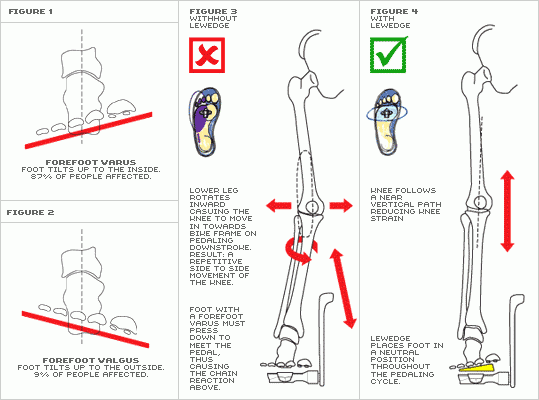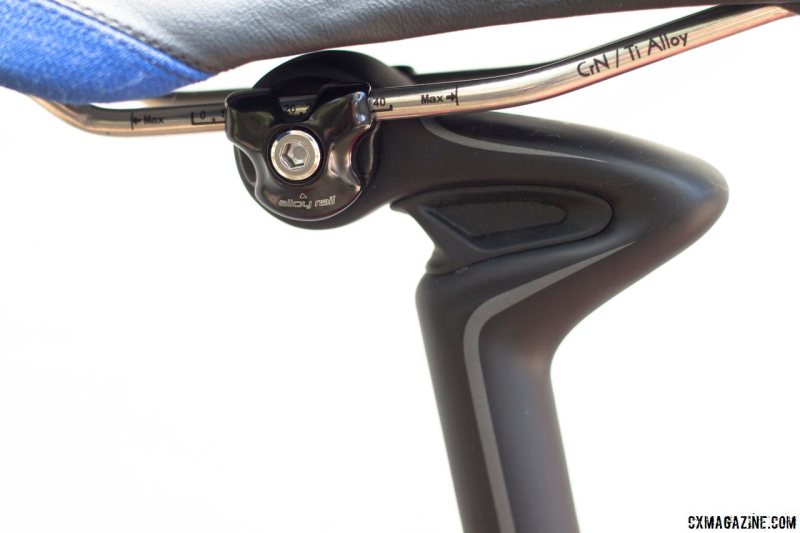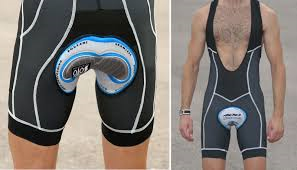
As I am a female bike fitter, we tend to get a lot of female cyclists come in for a bike fit, with their primary complaint being saddle comfort (with numbness and soreness being the top issues within this). It is unfortunately normal for cyclists to think that saddle discomfort is something that needs to be tolerated, but this is simply not the case. In extreme cases cyclists report pain or difficulty urinating for several days post ride! Of course the exception being long distance cyclists or cyclists whom may not have “acclimatised” to spending periods of time in the saddle.
The saddle is the one of the most fundamental things to get right on the bike, and without this all other adjustments will be less than optimal.
You might ask yourself, what signs and symptoms should I look out for which tell me that my current saddle choice or set up isn’t right for me? Some of these might be:
- Numbness
- Lack of sensation when passing urine during the ride or after the ride
- Soreness, whether this is in the genitals themselves, the perineum or the tops of the thighs
- Saddle sores
- Sexual dysfunction
- Deformity to soft tissues
As a result, we have compiled a brief list of things to look out for and consider changing in order to make your cycling more comfortable and alleviate those unwanted pelvic symptoms.
Saddle
As we mentioned, some of the most common problems arise from the saddle itself. A decent saddle is worth its weight in gold. We have found that there are many factors that dictate which saddle will suit you best.
- Saddle height – too high and you will rock on the saddle which will lead to possible chafing and friction
- Saddle tilt – some saddles are actually designed to have a slight nose down tilt i.e. ISM. Others are supposed to be set up according to the middle third. As a result a lot of the saddles we see are often far too nose up!
- Saddle fore/aft – too far forwards and too much anterior tilt can place a lot of pressure on soft tissues and thus shoulders. Consider moving the saddle further back to allow a neutral pelvic position and optimal load transfer through upper limbs
- Riding style – if you adopt a more upright riding style you may want something slightly wider to support the contact points of your pelvis. Conversely, those who ride in a more aggressive position will need something that maximises pressure distribution otherwise soft tissues will take most of the weight
- Sit bone width – this is more relevant for the recreational and upright riders, but women often have wider ischial tiberosities which may mean a wider saddle will help load bony prominences rather than soft tissue
- Saddle “cutout” – many clients find relief from a small channel cut out which reduces pressure through the neural and soft tissues within the pelvis
- Soft tissue anatomy – Cobb cycling have a very good article on “innies” or “outties”. It’s true that if you have more soft tissue exposed this will dictate what kind of saddle you will prefer.
- Brands that we tend to find alleviate these problems are Cobb, Selle SMP, Specialized. It’s not that we don’t like other saddles, but when client’s have problems these tend to be the ones that resolve the issues
Pedals/cleats
If you have asymmetries in your pelvis (functional, leg length or you over pronate or supinate), this can lead to changes in how your hips and knees track. As a result this could cause chafing on one leg, or make you sit to one side. There are a variety of ways you can resolve these issues:

- Cleat wedges – these are small angular pieces of plastic which will change the angle of your foot. They can be stacked or layered to stop the foot over pronating or supinating, or to address small leg length discrepancies
- Cleat shims – these are thicker pieces of plastic that can be stacked to reduce the severity of the leg length. Bikefit.com produce very good products
- Insoles – to help the knee track and thus reduce compensatory strategies at the hip
- Combination of in the shoe adaptations e.g. heel wedges and forefoot wedges – however these are space occupying so can be an issue
- Cleats too far forward may also change your tipping point and cause you to come further forward on the saddle
Cranks

Now the cranks are a widely overlooked aspect of bike fitting. It would be difficult to discuss them in great detail during this article, but what we do know is that the standard cranks that come on a bike aren’t always suitable for the rider on the bike. For example, we had a triathlete in recently who was approx 5ft 5 but running 175mm cranks! There are many reasons to pick cranks;
- Leg length – it is suitable to pick cranks that roughly match the leg length of the rider NOT the height
- Hip/knee flexibility –If this is lacking (or albeit even if it is not!) it is best to look for shorter cranks which allow you to pedal in a smooth motion, otherwise this movement often tracks back to the pelvis, where excessive rocking can cause shearing forces through soft tissue and thus pain!
- Closed hip flexion positions lead to strains through pelvic floor musculature which can also impact on negative sensations and experiences
Handlebars

The handlebar position can have a HUGE impact on symptoms at the pelvis. If the reach is too short you may round your pelvis and put yourself in an suboptimal position, too long and you may put too much pressure through soft tissues. Too low and you will end up with the same problem, it might not be an issue for 30-60 minutes but over the course of a long ride this is when problems can manifest. You might also want to consider shallow drop handlebars to reduce the pressure when riding on the drops.
Other
- Seatpost – Believe it or not, changing the seatpost can be a VERY good way to help reduce pressures through the saddle. If you are especially sensitive consider a carbon seatpost or something with shock absorption to help dissipate the energy that would otherwise end up in your pelvis

- Chamois cream – anecdotally clients whom have had pelvic pains report that chamois cream helps immensely, particularly when their mileage has significantly increased or they have started doing longer riders

- Decent chamois – do not underestimate the benefits of a decent pair of shorts! A well designed chamois will help reduce friction and pressure through sensitive areas. Personally I find something with a little extra padding more comfortable, but less padding suits others. It’s worth spending the extra money, believe me! (Just made sure you put them on the right way round!!!!)

As this is just a basic outline on bike issues, we will be publishing articles that address each bike component separately.
If you have any questions for us feel free to contact Bianca further.
Appointments are available at the Boardman Performance Centre in Evesham.

Reblogged this on Always Moving and commented:
Interesting and informative read 🙂
Thank you kindly!